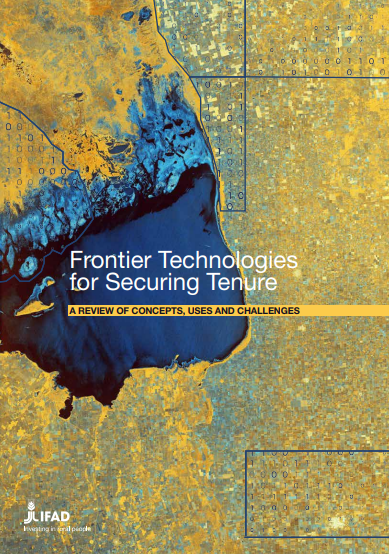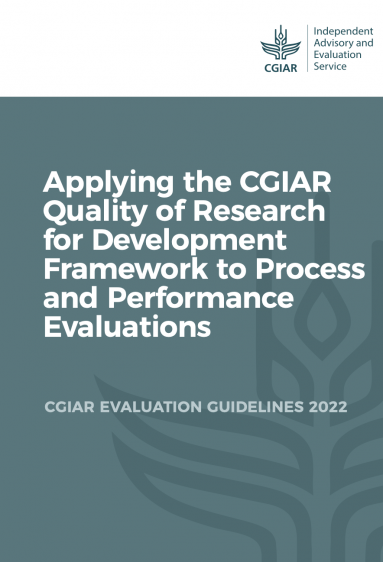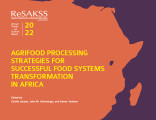- These pioneering evaluation guidelines provide the framing, criteria, dimensions, and methods for assessing the quality of CGIAR research for development. They can be adapted by like-minded organizations conducting research for development (R4D).
- This Register - excluding South Africa, monitors and maps all operational fertilizer producing plants, indicating the available name-plate production capacity in the region.
- Transition to wider use of agroecology depends on farmers and others who are not yet convinced deciding that agroecology provides the right pathway for them.
- Visual narratives using the 10 Elements of Agroecology can guide the holistic visioning needed to better understand transformative change and plausible transitions towards sustainable agriculture and food systems.

- This publication showcases a range of current frontier technologies that are being used in land tenure projects, as well as the associated benefits and challenges. The study reviewed twenty publications and conducted thirteen interviews with knowledgeable experts.
Leakey R.R. B. et all (2022) The Future of Food: Domestication and Commercialization of Indigenous Food Crops in Africa over the Third Decade (2012–2021) #75 p.
- This paper follows the transition from ethnobotany to a deeper scientific understanding of the food and medicinal properties of African agroforestry tree products as inputs into the start of domestication activities. It progresses on to the integration of these indigenous trees as new crops within diversified farming systems for multiple social, economic and environmental benefits.
- See for an overview of this paper the PAEPARD blogpost
PENHA (2022) Ethiopian National Drylands Restoration Strategy #82 p.
- The development of this strategy was overseen and endorsed by the Ethiopian Ministry of Agriculture and Ethiopian Forestry Development.
- The 2022 Annual Trends and Outlook Report (ATOR) examines policies to enhance the contribution of the agrifood processing sector to successful food systems transformation in Africa.
- See IFPRI webinar 09/02
- Technologies across sectors – including agriculture and food systems, the built environment, e-waste, plastics, and textiles – will serve as key enablers of the CE in Africa and beyond.
- However, countries also need support in strengthening their enabling environments to increase adoption of technologies, practices, and policies.
- See webinar 28/02
 World Bank (2021) Toward a Holistic Approach to Sustainable Development: A Guide to Integrated Land-Use Initiatives #37 p.
World Bank (2021) Toward a Holistic Approach to Sustainable Development: A Guide to Integrated Land-Use Initiatives #37 p.- The objective of this report is to take stock of lessons learned, document best practices from a range of integrated land use initiatives, facilitate knowledge sharing, and provide a guide for practitioners who are looking to implement this approach. This report provides a basic toolkit for practitioners and raises awareness of the cutting-edge work happening in this space.
- World Bank (2021) Resource and Case Studies Booklet #23 p.
- See also webinars: Embracing Complexity: How to Implement Integrated Land-Use Initiatives for Sustainable Development





No comments:
Post a Comment